Modern throttle cable elbow assemblies now feature advanced polymer composites and CNC‑machined metal housings, ensuring both low friction and high strength under mechanical stress. The updated throttle cable elbow technology addresses common pain points—cable wear at entry points, binding under heat, and complexity during replacement—by integrating self‑lubricating liners and corrosion‑resistant sleeves. This next‑generation throttle cable elbow not only extends service life by up to 40% but also maintains smooth throttle actuation across thousands of cycles.
Technical Innovations Driving Performance
The core innovation lies in the internal geometry of the throttle cable elbow itself. Traditional elbows relied on simple right‑angle bends that increased friction and accelerated cable degradation. Newer throttle cable elbow models incorporate a precision‑engineered curvature that maintains a consistent cable bend radius, drastically reducing contact pressure. Coupled with PTFE‑coated inner liners, these throttle cable elbow assemblies achieve friction reductions of 60%, translating to crisper throttle response and reduced rider fatigue.
Materials and Durability
One of the most significant advancements in throttle cable elbow design is the shift toward high‑performance thermoplastics reinforced with glass fibers. These materials withstand temperatures exceeding 150°C without creep, ensuring that the throttle cable elbow retains its shape and alignment even under heavy engine bay heat. Stainless steel insert sleeves further shield the critical bending zone from corrosive elements and road salts, guaranteeing that the throttle cable elbow maintains consistent performance season after season.
Ease of Installation and Maintenance
Beyond material upgrades, the user experience of the throttle cable elbow has been dramatically simplified. Quick‑release locking collars and color‑coded housing adaptors enable technicians to install or replace the throttle cable elbow in under two minutes, even on compact handheld equipment. This plug‑and‑play approach to throttle cable elbow maintenance eliminates the need for specialized tools, reducing downtime and labor costs in commercial service shops.
 boo@zjmgmm.com / 958587858@qq.com
boo@zjmgmm.com / 958587858@qq.com English
English русский
русский Español
Español عربى
عربى
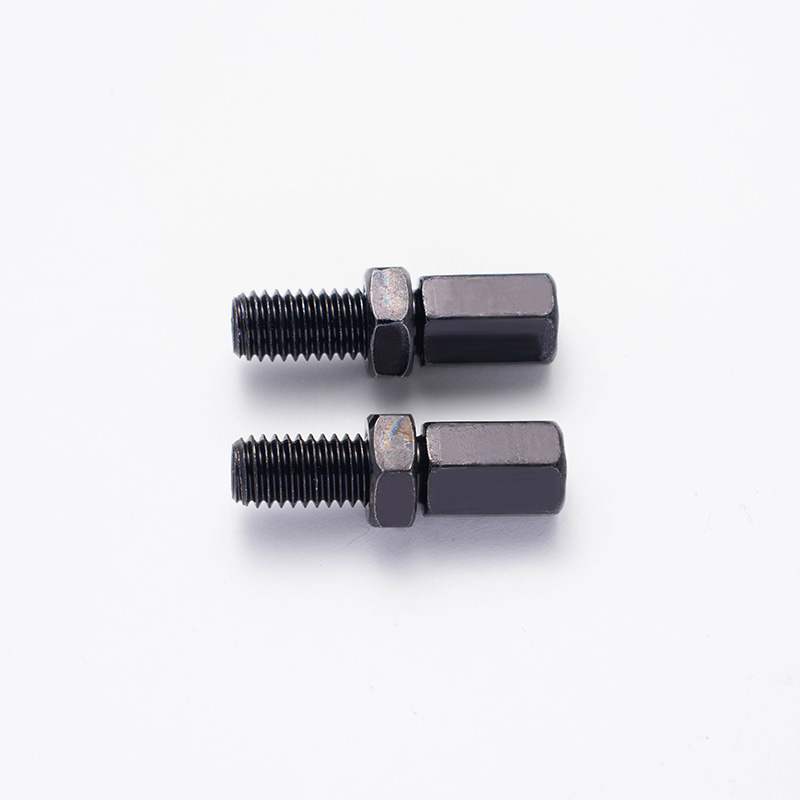
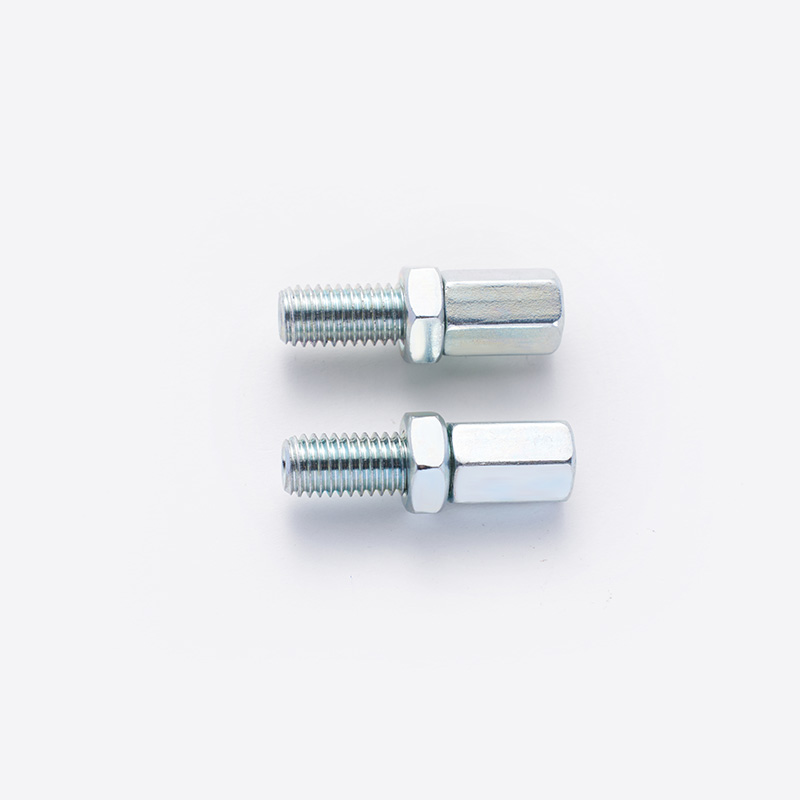
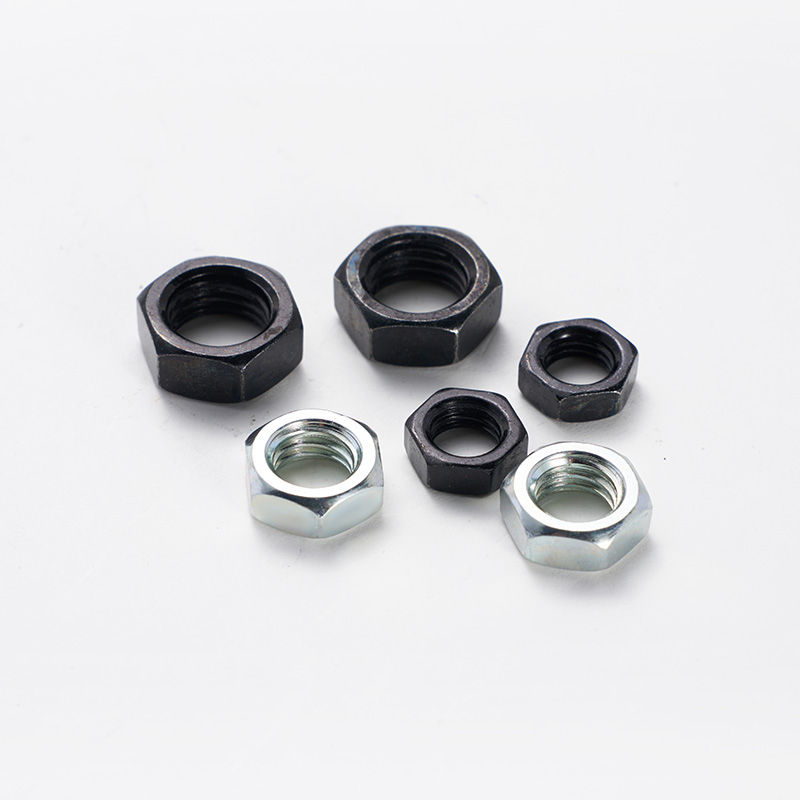
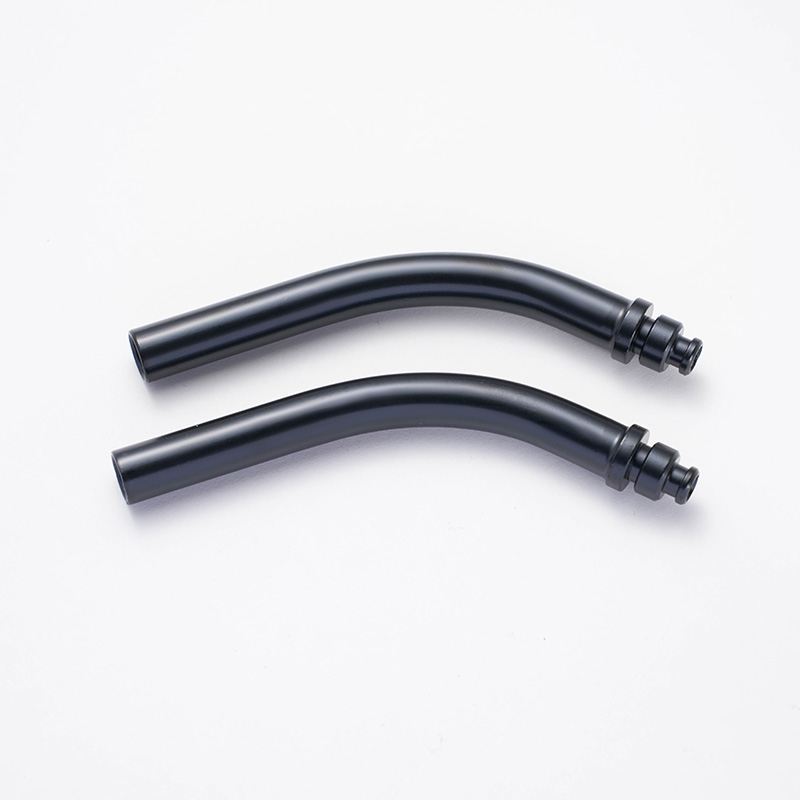

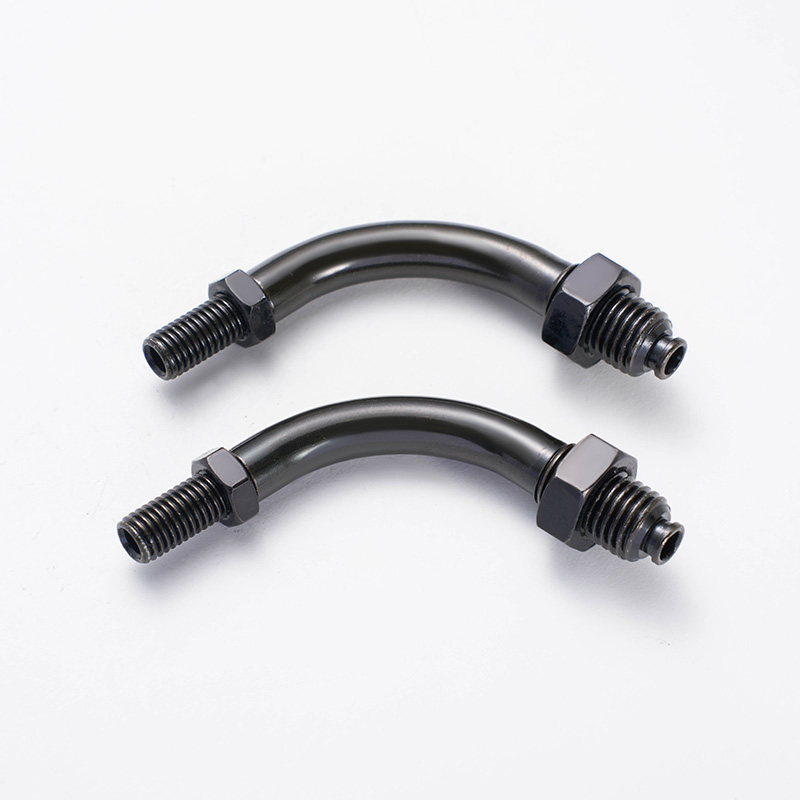

 English
English  Building 33, Demonstration Park, No. 318 Chenguang Road, Eastern New District, Wenling City, Taizhou City, Zhejiang Province, China
Building 33, Demonstration Park, No. 318 Chenguang Road, Eastern New District, Wenling City, Taizhou City, Zhejiang Province, China  0086-576-86337978
0086-576-86337978  0086-576-86333878
0086-576-86333878
 boo@zjmgmm.com
boo@zjmgmm.com 